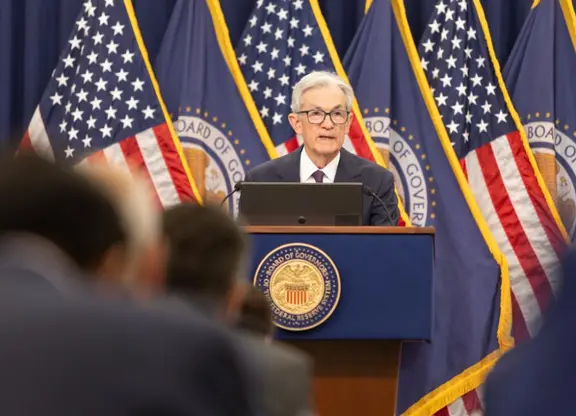How many government demands for user data has
Zoom
received? We won’t know until “later this year,” an updated Zoom blog post
now says.
The video conferencing giant
previously said
it would release the number of government demands it has received by June 30. But the company said it’s missed that target and has given no firm new date for releasing the figures.
It comes amid heightened scrutiny of the service after a number of
security issues
and privacy concerns
came to light following a massive spike in its user base, thanks to millions working from home because of the coronavirus pandemic.
In
a blog post today
reflecting on the company’s turnaround efforts, chief executive Eric Yuan said the company has made “made significant progress defining the framework and approach for a transparency report that details information related to requests Zoom receives for data, records, or content.”
“We look forward to providing the fiscal [second quarter data in our first report later this year,” he said.
Transparency reports offer rare insights into the number of demands or requests a company gets from the government for user data. These reports are not mandatory, but are important to understand the scale and scope of government surveillance.
Zoom said last month it would launch its first transparency report
after the company admitted
it briefly suspended the Zoom accounts of two U.S.-base accounts and one Hong Kong activist at the request of the Chinese government. The users, who were not based in China, held a Zoom call commemorating the anniversary of the Tiananmen Square massacre, an event that’s cloaked in secrecy and censorship in mainland China.
The company said at the time it “must comply with applicable laws in the jurisdictions where we operate,” but later said that it would change its policies to disallow requests from the Chinese government to impact users outside of mainland China.
A spokesperson for Zoom did not immediately comment.
Zoom admits some calls were routed through China by mistake
 简体中文
简体中文




